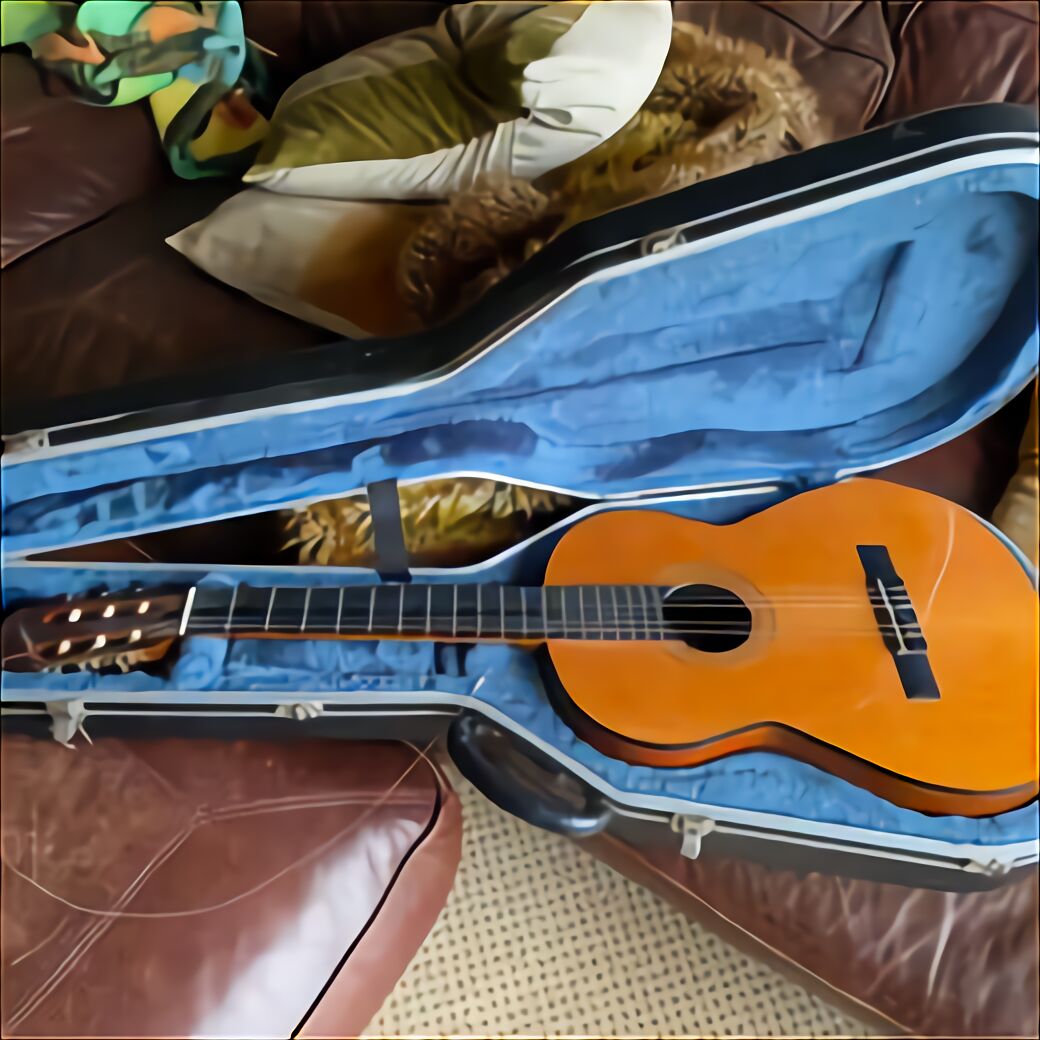Ukulele Tab: Learn To Play Scarborough Fair
Ukulele Tab: Learn To Play Scarborough Fair
Blog Article

Ukuleles are classified according to their size. From smallest to largest the main four area soprano, concert, tenor and baritone. Specifically, the size is determined by the length of the string between the bridge and the nut i.e. the scale length.
Once you've decided you enjoy the ukulele, get a nice one. Almost everyone starts of playing on a very cheap ukulele. These ukes are fine for deciding if playing the ukulele is for you. But once you're into it, get yourself a decent quality Ukulele for sale in uk. It'll be easier to play, sound better (so you'll be more pleased with the way you sound), and will give you more impetus to practice.
The first benefit of learning ukulele is its size. Many small children struggle with larger instruments such as guitar. While guitars can be purchased in sizes as small as a quarter of the size of a regular-sized guitar, they are often still too big for kids who are 5-10 years old. Ukulele, on the other hand, is small enough to be handled easily by someone in this age range. The body of the instrument is small and easy to hold. The neck is also thin with narrow frets, which makes it easy to play basic chords.
To make music of the song with ukulele accompaniment it is important to be able to change between chords smoothly. I suggest that you work on the art of changing from one chord to another by choosing for exampel C and F.
It's absolutely vital that you learn to tune your Ukulele properly. Nothing will make you sound worse than being out of tune. It's well worth practicing to get this right. There are a number of options for people who need help tuning their ukulele (digital tuners, pitch pipes, or just using your ears). Pick a method and use it until you're confident that you can get in tune.
The standard tuning for soprano, concert and tenor Ukulele for sale is C tuning which means the four strings will be associated with the pitch of G C E A. The 4th string is G, 3rd string is C, the 2nd string is E, the 1st string is A. That is when you strike the open string it sounds those notes. The G is tuned to the G above middle C on the piano, an octave higher than you might think. The baritone ukulele is tuned to D G B E with the sound going from ukuleles low to high.
Pluck each string on the ukulele in turn. Doing it this way will mean you can hear which strings are ringing clearly and which are muted. This is a tricky technique to get right, so take some time to make sure you have got the hang of it.
Now you can play a Christmas melody on your ukulele. The ukulele tab notation I have used is good for finding the notes but I recommend you to learn the melody by heart so you can play it anywhere without the need to read on a piece of paper you will not find anyway!